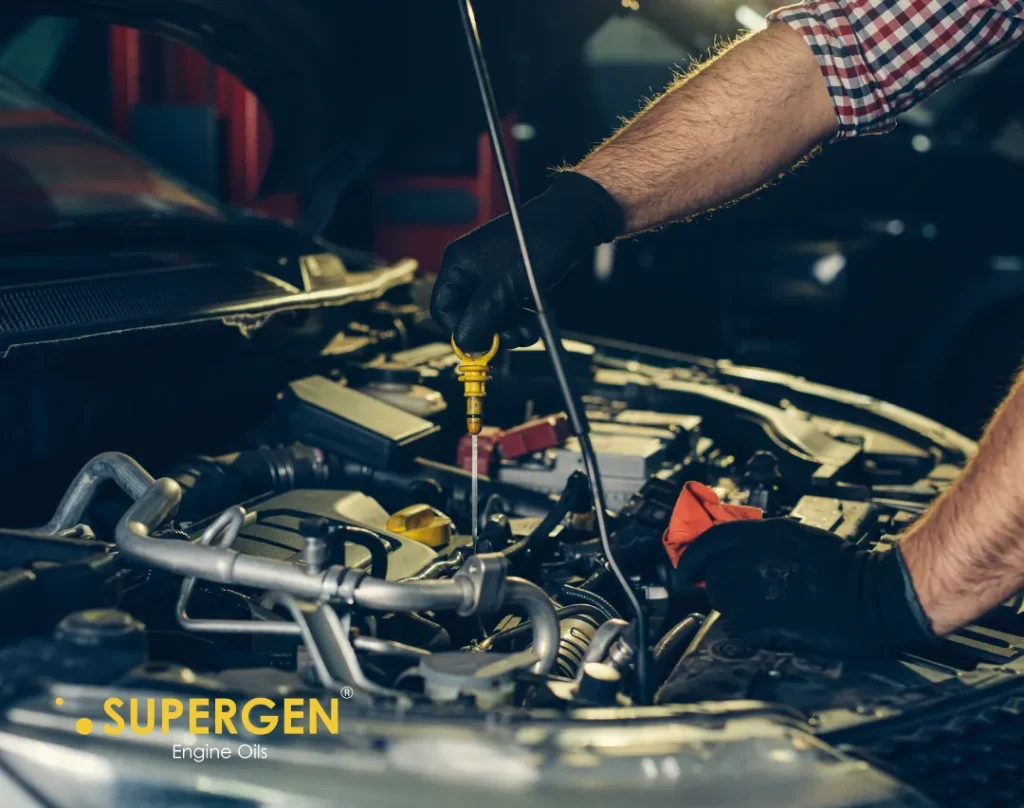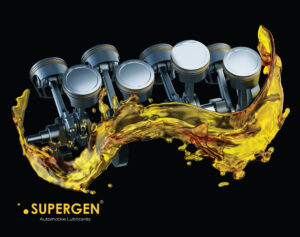Introduction:
The engine oil level in a vehicle is a critical factor that often goes overlooked in routine maintenance. Many drivers may not realize the profound impact that incorrect engine oil levels can have on the health and performance of their vehicles. In this comprehensive blog, we’ll explore the importance of maintaining the correct engine oil level, the potential consequences of deviations, and why vigilance in this area is essential for the longevity of your vehicle.
The Functions of Engine Oil
Before delving into the effects of incorrect oil levels, it’s crucial to understand the indispensable roles that engine oil plays in a vehicle. Engine oil serves as a lubricant, reducing friction between moving parts, cooling critical components, sealing gaps, and cleaning the engine from debris and contaminants. Proper engine lubrication is fundamental to the smooth operation and longevity of the engine.
The Goldilocks Zone: Correct Engine Oil Level:
Maintaining the right engine oil level is akin to finding the Goldilocks zone – not too much, not too little, but just right. When the oil level is within the recommended range specified by the vehicle manufacturer, it ensures that the engine is adequately lubricated, allowing for optimal performance and protection.
Consequences of Low Engine Oil Levels:
Insufficient Lubrication:
One of the primary consequences of low engine oil levels is inadequate lubrication. Without enough oil to coat and protect moving parts, friction between components increases, leading to accelerated wear and potential damage. This wear and tear can impact the engine’s efficiency and may result in costly repairs.
Overheating:
Engine oil plays a crucial role in dissipating heat generated during combustion. Inadequate oil levels can compromise the engine’s cooling capabilities, leading to increased operating temperatures. Overheating not only reduces the oil’s effectiveness but can also cause damage to vital engine components, such as pistons and cylinder walls.
Increased Friction and Wear:
Insufficient lubrication leads to increased friction between metal surfaces, promoting wear and tear. This wear can manifest in various ways, from damaged bearings and camshafts to scoring on cylinder walls. The cumulative effects of increased friction can significantly impact the engine’s overall lifespan.
Catastrophic Engine Failure:
In extreme cases, consistently low engine oil levels can result in catastrophic engine failure. Without proper lubrication, components may seize, leading to irreversible damage. This scenario often necessitates a complete engine rebuild or replacement, which is not only financially burdensome but also disrupts the vehicle’s reliability.
Consequences of Excess Engine Oil Levels:
- Foaming:
Too much oil in the engine can cause foaming, where air becomes mixed with the oil. Foaming reduces the oil’s lubricating properties, leading to diminished protection for engine components. This can result in increased friction, overheating, and accelerated wear. - Increased Internal Pressure:
Excess oil can lead to increased internal pressure within the engine. This pressure can cause oil seals and gaskets to fail, resulting in oil leaks. Leaking oil not only creates a mess but can also pose a fire hazard if it comes into contact with hot engine components. - Affecting Crankshaft Rotation:
An overfilled engine can submerge the crankshaft in oil, hindering its rotation. This can lead to increased resistance, reduced engine efficiency, and potential damage to the crankshaft and associated components.
- Catalytic Converter Damage:
The excess oil may find its way into the exhaust system and reach the catalytic converter. This can cause damage to the catalytic converter, affecting its ability to reduce harmful emissions. Catalytic converter replacement is a costly repair that can be avoided with proper oil level maintenance.
Regular Oil Checks and Maintenance:
To prevent the detrimental effects of incorrect engine oil levels, it’s essential to incorporate regular oil checks into your vehicle maintenance routine. Here are some guidelines:
Refer to the Owner’s Manual:
The owner’s manual provides specific information about the recommended oil level for your vehicle. It’s essential to follow these guidelines to ensure optimal engine performance and longevity.
Check Oil Levels When the Engine is Cold:
For accurate readings, check the engine oil level when the engine is cold and the vehicle is on level ground. This allows the oil to settle in the oil pan, providing a more accurate measurement.
Use the Dipstick Correctly:
The dipstick is a crucial tool for checking oil levels. Ensure you insert and remove it correctly, wipe it clean before reinserting for a second reading, and follow the manufacturer’s instructions for accurate measurements.
Address Leaks Promptly:
If you notice oil spots under your vehicle or a sudden drop in oil levels, address the issue promptly. Oil leaks can lead to both low and excess oil levels, causing a range of problems.
Seek Professional Assistance:
If you are uncertain about how to check or maintain the oil level, or if you suspect a problem, seek the assistance of a qualified mechanic. They can perform a comprehensive inspection and address any issues with the engine oil system.
Conclusion:
Maintaining the correct engine oil level is not just a routine task; it is a fundamental aspect of responsible vehicle ownership. The consequences of incorrect oil levels, whether too low or too high, can have far-reaching effects on the engine’s health and performance. Regular checks, adherence to manufacturer recommendations, and prompt attention to any issues are key to ensuring your vehicle’s engine operates smoothly and efficiently for years to come. In the delicate balance of vehicle maintenance, the correct engine oil level is a pivotal factor that should never be underestimated.









